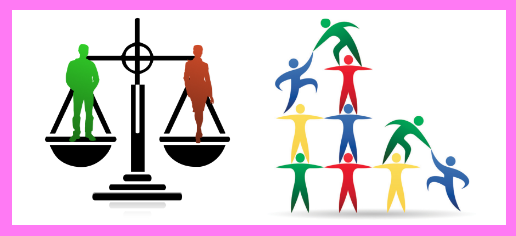


12 Characteristics of Effective Experiential Learning Characteristics
- Equality:
- Builds common ground through common experiences
- All participants are equal in their knowledge to complete tasks
- Relationship Build Quickly:
- Problem solving involves collaboration, communication, cooperation and physical effort
- Participants interact a lot
- Participants need to rely on each other – builds trust
- Opportunities for people to get to know each other
- Disequilibrium:
- Unfamiliarity of challenges puts people in state of disorder or disequilibrium.
- Participants are stripped of normal roles and status.
- Group self-organizes around challenge
- Projective Technique:
- Group projects their leadership, collaboration and problem solving styles unto the experience.
- Challenge shows what participants “typically do”
- Leads to profound learning about work patterns and habits
- Decreased Cycle Time:
- Task completion time is compressed so there is time to reflect
- Learning can occur quickly – close in time to problem completion
- Meta Learning:
- Participants use reflections on activity to learn about their leadership, collaboration & problem solving skills
- Chaos Management in a Safe Environment:
- Teams experience change and resulting chaos in a safe space
- Consequences for failure are limited
- Teams develop strategies relating to change they can take back to normal workplace
- Kinesthetic Imprint:
- Multi-dimensional learning – visual, hands on, mental, behavioral, physical, spiritual
- Hands on activities help make lasting impression
- Common Language / Story-Making:
- Experience creates common language, story & imagery that can be leverage in workplace
- Common language shortcuts communication of common vision
- Training experience is scripted to get participants to see themselves in a new light
- Common story serves as a catalyst for change
- Encourages Risk-Taking:
- Participants try out new roles
- Participants take risks
- Make mistakes with few costs
- Risks are perceived vs actual
- Try things out of comfort zone
- Diversity of Strengths:
- Different strengths need to come together to solve the problem
- Emphasized interdependencies of the team
- Fun:
- Offers fun ways to learn how to be a high performing team
- Fun builds more open-mindedness

The 12 characteristics of experiential learning can be used to design collaboration and team building activities that get students to problem solve, relate, connect, and reflect around common memorable experiences. These experiences can be used to create a common language and common story around effective collaboration strategies.

Preparation Steps
- Research team building activity
- Use the 12 characteristics to make sure activity has all the characteristics of an effective experiential learning task
- Brainstorm how to add revisions that enhance strengths of activity
- Brainstorm how to add revisions that fill in activity gaps
Early Implementation Steps
- Facilitate experiential training with students
- Facilitate related discussions that get students to learn more about how they collaborate, lead, and problem solve
- Facilitate discussions that get students to identify, share and document effective strategies
Advanced Implementation Steps
- Display effective strategies learned during experiential training
- Have students deliberately implement strategies during their team work time
- Have students reflect on how to improve, build upon collaboration and problem solving strategies
 .
.- Collaboration articles
